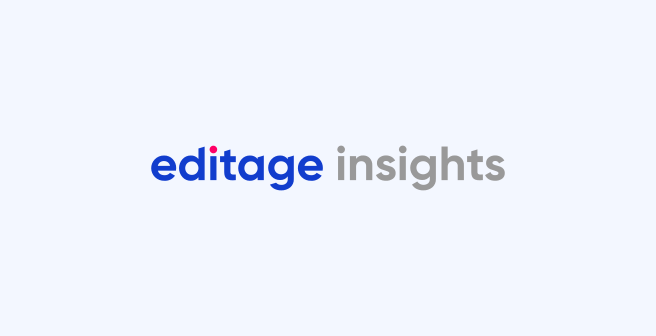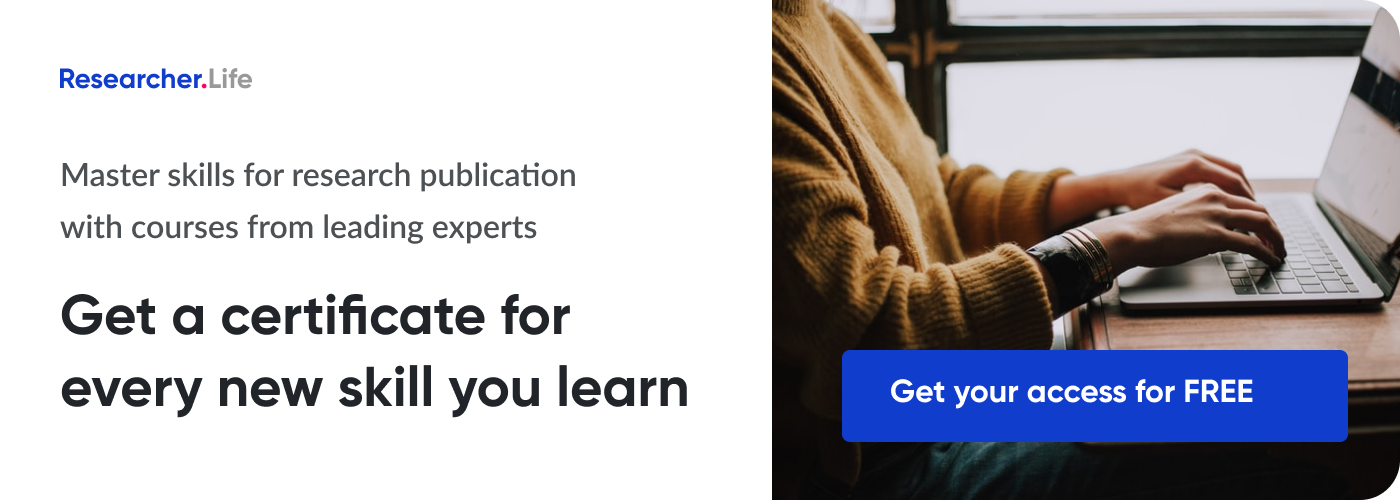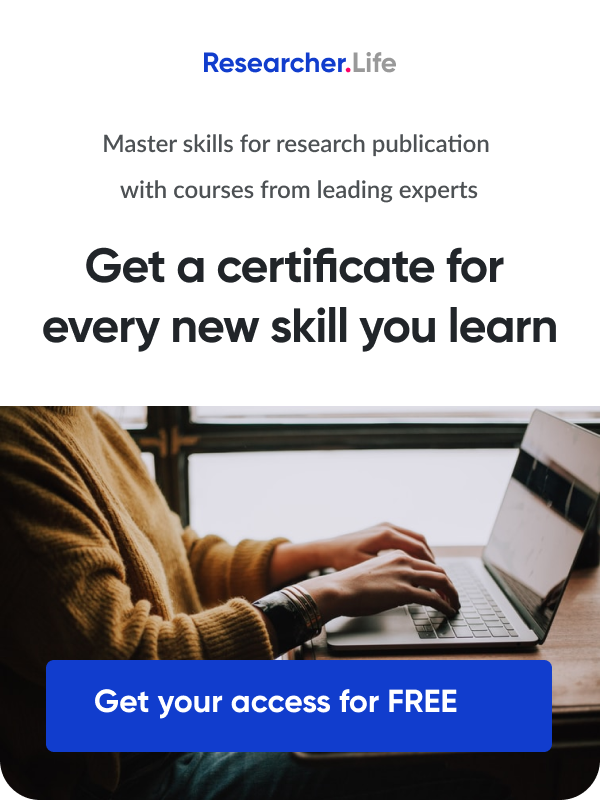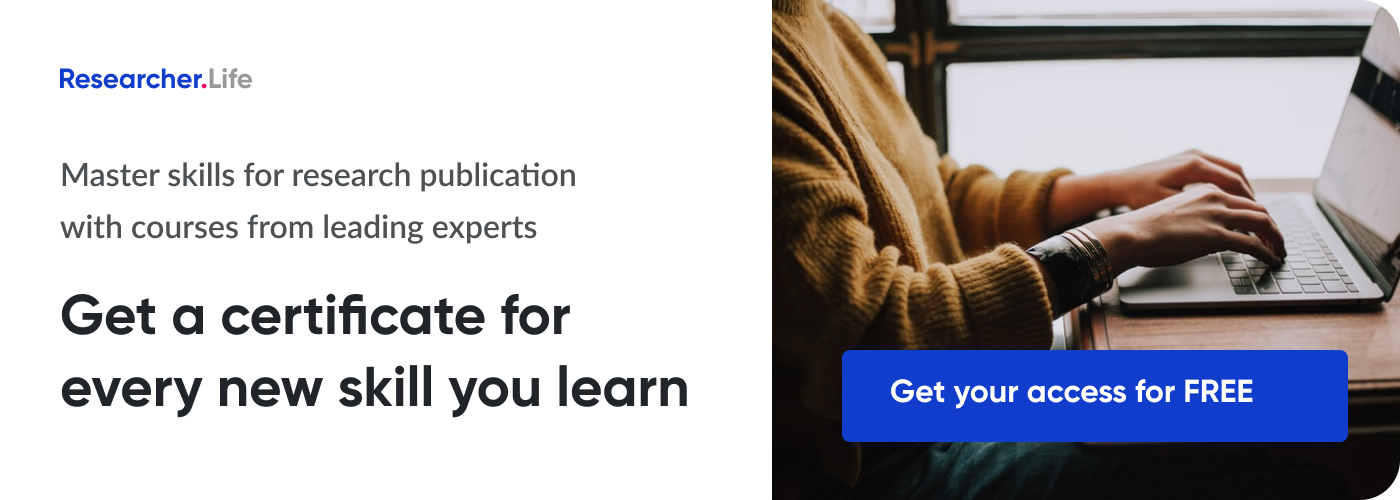Lay summaries are not just for researchers, they are for funders, too

But if we want to take the open agenda to its logical conclusion we must do more. It is not enough to give everyone access to every research paper and leave it at that: we have to make research open in other ways. We have to make an effort to communicate with readers outside the research community; we have to speak to pupils and teachers, to healthcare professionals and patients (and their families), to anyone and everyone who is interested in science and research. And we have to speak to them in their language, in the language of the news media and Wikipedia. We have to speak to them in plain language, not in the formal and formulaic prose found in most research papers; and we have to use verbs, not nouns, and to avoid words like characterization and facilitation that – while much loved and used by scientists – can stop a sentence or article dead in its tracks.
Peter Rodgers - Plain-language Summaries of Research: Writing for different readers
The statement that stood out for me from these powerful words by Rodgers was “We have to make an effort to communicate with readers outside the research community” because it made me reflect that this is perhaps the need of the hour in scholarly publishing. A bulk of R&D funding comes from taxpayer money. There is a need to show evidence of real-world impact to justify allotment of R&D budgets. But the current practice of showing such evidence is nascent and/or poorly shaped. Mostly, academic works are drafted and presented by researchers for consumption by other researchers like them, with little percolation across the boundaries of scientific discipline, user community (researcher to funder), and paywalls of course (closed access). Explaining dense, complex science in easy-to-understand, jargon-light language is one way to break down some of these barriers. This post delves into how such widely digestible distillations of scientific research, let’s call them lay summaries, can help achieve the goal of science communication without boundaries.
Over the last few years, different pockets in the scholarly publishing industry have been rallying for the cause of communicating science beyond the ivory tower of academia with an energized focus on showing real-world research impact. One of the motivations behind these efforts is the realization that there is little point in undertaking years of painstaking work to make a scientific discovery that is exposed to just one community (academic) and even so remains hidden behind paywalls and technical jargon. Open access publishing, data sharing, research promotion, and alternative modes of presenting scientific findings are some of the direct outcomes of these efforts that are gradually but steadily gaining momentum. Of these, the first two, i.e., open access publishing and data sharing, have been widely discussed, and in some cases advocated, as effective means to disseminate research findings despite the complexities they involve (for example, here, here, and here). All this is being done to increase transparency in scholarly publishing and to convey the impact of research findings to the public.
Ideologically speaking, this stance is progressive, one that embraces the need to ensure transparency and inclusion. But a larger question still looms: Is this enough? Is this all we need to do to ensure that research findings reach the scientific and non-scientific community alike? I would like to revisit Rodgers' words as a response to this:
It is not enough to give everyone access to every research paper and leave it at that: we have to make research open in other ways. We have to make an effort to communicate with readers outside the research community.
This indicates that open access is not enough; we need to make sure that people outside the research community can not only access but also understand scientific research. So while we are busy lifting paywalls and making research data freely and easily accessible, we need to remember that a majority of research output, almost all of it, is written by researchers for researchers. None of it is meant for the non-scientific community - the lay reader - who is motivated to know more about the latest breakthroughs in the treatment of a particular disease, for example, or about techniques that help reduce our carbon footprint. What I am trying to say is that the lay reader might be as interested in scientific advances as the researcher. Fortunately, the scholarly community is already working on ways to fill this gap, and this is where lay summaries step in. Lay summaries are being increasingly adopted as an effective way of breaking down complex research findings such that they can be easily comprehended by non-scientific audiences.
According to the US' Plain Writing Act of 2010, ‘The term ‘‘plain writing’’ means writing that is clear, concise, well-organized, and follows other best practices appropriate to the subject or field and intended audience.’ Thus, lay summaries, also referred to as plain language summaries, are primarily intended for audiences who do not have the same level of knowledge as the researchers performing the study. The readers of lay summaries could be taxpayers, journalists healthcare providers, patients, professionals in fields related to the research area, policymakers, or decision makers in funding bodies and grant application committees. Research areas in which lay summaries could have the greatest impact include (but are not restricted to) medicine, healthcare, public health, psychology, disaster science, environmental science, climate change, finance, and law.
Lay summaries are gaining importance as a tool to communicate and disseminate research and its impact. Today, more and more funders are demanding inclusion of lay summaries at different stages of research and its publication. Many grant committees require researchers to submit a plain language summary of their proposed project, along with an indication of the impact they believe it would have. For example, the Edward Mallinckrodt, Jr. Foundation Award Program, clearly states that grant applicants must include a lay summary in their submission package. A Wellcome Trust sample grant application form includes a separate field for a plain language summary which applicants are expected to fill in. Several organizations also host a wealth of information about plain language summaries. The Campbell Collaboration makes plain language summaries of all its systematic reviews freely available, in an attempt to help people "use and interpret research evidence." The National Institutes for Health has a dedicated section that contains resources on plain language. This list runs long and it is not uncommon for funders to make these summaries freely available. But why are funders taking an interest in lay summaries? How do they stand to benefit?
While there are some obvious benefits of using lay summaries for researchers and readers, funders, too, have a lot to gain.
- Evidence for taxpayers: Most federal funding bodies receive their funds from the taxpaying public and as such it is their duty to inform people about how their money is being used. Also, taxpayers and policymakers have the right to know where and how public money is being utilized. Sharing lay summaries of research projects is a great way of doing this.
- Increase in applications: One of the most important aims of a funding body is to encourage public involvement in research. Sharing lay summaries helps stabilize their reputation, ensures a steady flow of funds from the public and government, and attracts quality applications.
- A great way to approach policymakers: Funders can use lay summaries to reach out to policymakers who are interested in seeking a justification for research expenditure. This not only works as a goodwill gesture but also as a means to sustain or increase spending on research. If policymakers are convinced about a funding body's dedication to engage people and translate research findings into comprehensible language, they are more likely to support the efforts of the funder.
- Helpful in grant application evaluation: Lay summaries help funders and grant committee members understand the nature and potential impact of a research project. Not every member in a funding application evaluation committee is a researcher. A lay summary helps decision makers a great deal by pointing out exactly what the applicants wish to do and how it will impact society.
- A tool to gauge applicants' skill: A well-written, convincing plain language summary is also an indication of an applicant’s ability to talk to scientific and non-scientific audiences alike - a skill that could help the funding body plan research promotion efforts after the project is complete.
- More accurate information for mass media: Lay summaries help funding bodies establish a clear line of communication when liaising with journalists or press officers. The fact that a research project is described in plain language without compromising on facts promotes accurate reportage of scientific findings. It also reduces the scope for headline-hungry tabloid journalism that could influence public opinion negatively or in favor of inaccurate facts.
- Global appeal: The fact that plain language summaries can be easily read and understood by anyone makes them more appealing to an international audience, thereby increasing the funding body's outreach. This might also help them attract more international grant applications.
- Better discoverability: Lay summaries increase discoverability on account of being written in Better discoverability: language that most people are most likely to use in order to search for information on a specific topic. Better discoverability of research projects translates into greater credibility and increased trust, which in turn ensures a steady flow of funds.
I have just listed out a few obvious benefits of lay summaries for funders. One important point, which needs special mention, because it brings this post a full circle and corroborates the arguments Rodgers makes, is that lay summaries are an effective way to make science truly open by giving it a form beyond the journal article and breaking it down into a simple and effective explanation. Nancy Santesso and her colleagues conducted a randomized control trial to evaluate the effectiveness of plain language summaries, where the participants (included the public and patients, but not other researchers) were made to read either a technical document or plain language summary that described a condition, the intervention to address that condition, and the results of that intervention. More participants in their study related to the plain language summary better, leading the group to conclude that lay summaries are an effective tool to "translate evidence from synthesized research." Imagine the power of this simplicity; it could help funders open up scientific research to an engaged audience, one that deserves to access and understand the implications of the research it has paid for. By making lay summaries freely available, funders could complement open access publishing and data sharing as well as help "take the open agenda to its logical conclusion," as Rodgers aptly expresses it.
References
- Kuehne, L. M., & Olden, J. D. (2015). Opinion: Lay summaries needed to enhance science communication. Proceedings of the National Academy of Sciences of the United States of America, 112(12), 3585–3586. http://doi.org/10.1073/pnas.1500882112
- Rodgers, P. (2017). Plain-language Summaries of Research: Writing for different readers. eLife 2017;6:e25408 DOI: 10.7554/eLife.25408
- Santesso, N. et al. (2015). A summary to communicate evidence from systematic reviews to the public improved understanding and accessibility of information: a randomized controlled trial. Journal of Clinical Epidemiology, 68(2), 82-190. https://doi.org/10.1016/j.jclinepi.2014.04.009
Related reading
- Beyond the journal article: New ways to communicate science
- How to collaborate effectively and ensure your research gets the attention it deserves
Related video
The need for public engagement
Published on: Nov 30, 2017
Comments
You're looking to give wings to your academic career and publication journey. We like that!
Why don't we give you complete access! Create a free account and get unlimited access to all resources & a vibrant researcher community.

Subscribe to Career Growth








